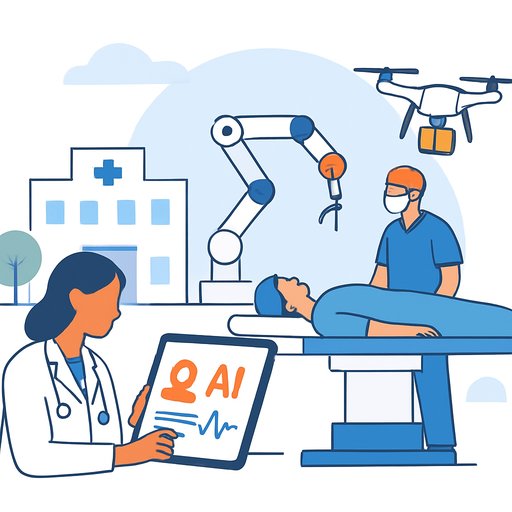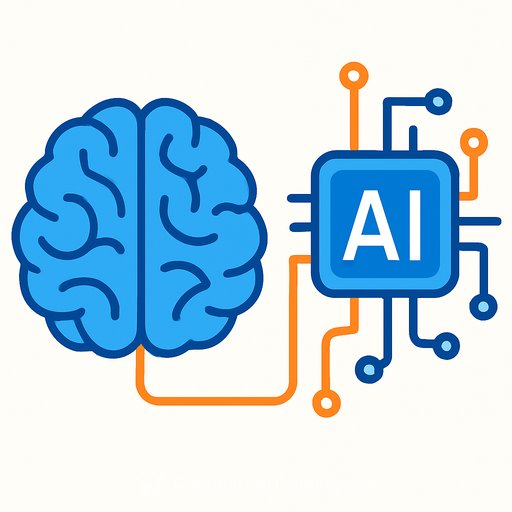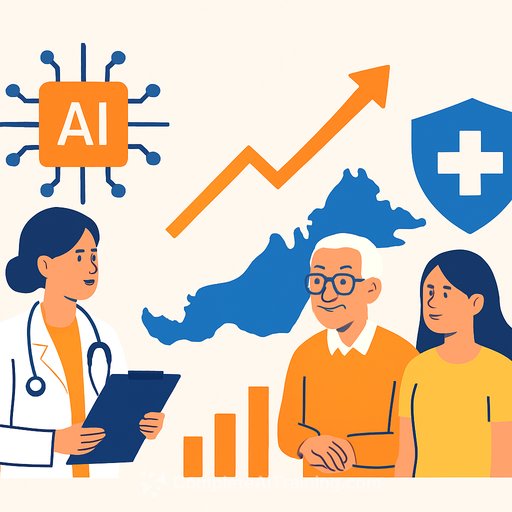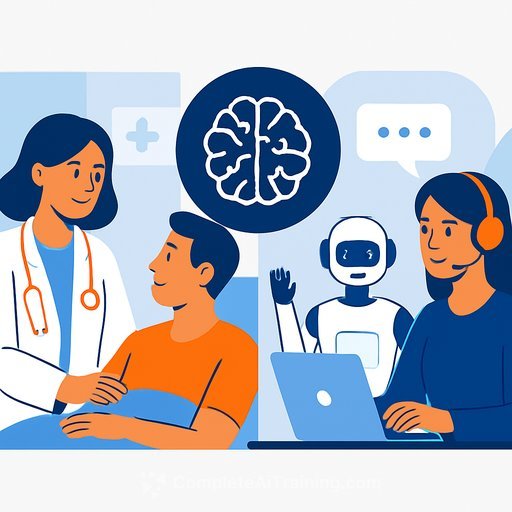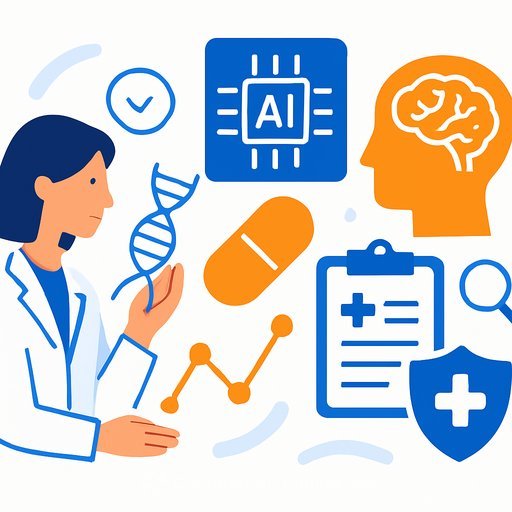Smart Hospitals Are Here: What AI, Robotic Surgery, and Digital Innovation Bring to Colombia
In May 2025, Bucaramanga hosted WELLS 2025, a major event on artificial intelligence and health technology led by the Cardiovascular Foundation of Colombia. The focus was precise: digital transformation, robotic surgery, telemedicine, interoperability, cybersecurity, and predictive algorithms that improve clinical results. What mattered most-these tools are already in use across Colombian hospitals.
The outcome is clear. Bucaramanga has momentum as a health innovation hub, and Colombia is moving quickly on real deployments, not demos.
Why this matters for hospital leaders and researchers
Every tool presented tracks to core outcomes: safety, throughput, documentation quality, and clinician time. Less time on paperwork, earlier detection, smaller incisions, faster logistics-each one affects cost, LOS, and patient experience.
- AI-native medical documentation and decision support (SAHISmart)
- Continuous monitoring with early-warning analytics (MOE)
- Robotic surgery systems for cardiovascular, oncologic, and abdominal procedures
- Autonomous drones for medication and supply delivery
- Secure, interoperable data flows for system-wide visibility
SAHISmart: The intelligent digital hospital goes live
SAHISmart, developed by the Cardiovascular Foundation, turns natural patient-doctor dialogue into structured clinical records in real time. It analyzes the conversation, suggests likely diagnoses, and recommends evidence-based treatments within the same workflow.
At the International Hospital of Colombia, consultation rooms now run on this model. Physicians talk with patients; the system handles the documentation. The output is accurate, structured, and immediately usable.
Under the hood, algorithms learn from thousands of encounters and refine suggestions over time. The payoff: better documentation, faster visits, and clinical guidance that aligns with current evidence. The human relationship improves because attention stays on the patient-not the keyboard.
SAHISmart is rolling out across more hospitals in Colombia following the symposium.
Robotic surgery, demonstrated in the OR
Attendees observed Mantra robotic systems configured for heart, cancer, and abdominal cases. The demonstration highlighted precise maneuvers, tremor reduction, and better control in tight spaces.
Smaller incisions and steadier movements translate to lower trauma and quicker recovery. Multiple systems ran side by side, giving surgical teams a direct view of how each platform supports different specialties.
Autonomous drones for safer, faster logistics
Hospitals that previously used motorcycle couriers are moving essential items via autonomous drones. This change improves delivery speed while lowering risks tied to road transport.
For medication, labs, and small devices, drones streamline the chain from pharmacy or lab to the bedside and between facilities.
MOE: Predictive monitoring for safety events
The Medical Observation Engine (MOE) analyzes continuous streams from bedside monitors and sensors. It flags patterns that precede critical events-falls, cardiac arrest, shock-up to five minutes in advance.
Clinical teams receive early warnings so they can intervene before a situation escalates. The system concentrates on patient safety in standard rooms and surgical environments, with pilots expanding across Colombian hospitals.
Conversational AI and digital scribes that put people first
Digital scribes remove the screen from between clinician and patient. Conversations are recorded and transcribed, then converted into structured, clinically relevant fields automatically.
Physicians keep eye contact. Patients feel heard. The record is complete without manual typing. The system adapts to specialty vocabularies and regional language, improving accuracy with use.
International expertise and academic depth
The program featured Christopher Westland (University of Illinois Chicago) on AI's societal and ethical impacts, Claudia Laselva (Albert Einstein Hospital, Brazil) on scaling digital health, and Borja Castelar on turning soft skills into strategic capabilities. The mix mattered-technology, medicine, operations, and ethics in one place.
Bucaramanga's push to become a health tech hub
The Cardiovascular Foundation set a clear goal: earn global recognition for building and hosting one of Latin America's leading AI-in-health gatherings. The showroom presented tools built by Colombian engineers and designers-evidence that the region is creating, not just importing.
That visibility attracts partnerships and accelerates adoption across hospital networks. It also builds credibility for local R&D and engineering talent.
What to do next in your facility
- Start with a clinical problem worth solving (documentation burden, sepsis alerts, falls). Define target metrics and time horizons.
- Commit to interoperability. Use open standards such as HL7 FHIR to integrate EHR, monitoring, and AI services.
- Run focused pilots. Small cohorts, clear protocols, and a success checklist (accuracy, latency, alert fatigue, clinician satisfaction).
- Stand up safety and validation. Prospective testing, bias checks, human-in-the-loop review, and drift monitoring.
- Train your teams. Clinicians need workflows; IT needs support models; leadership needs ROI views. If you're building skills, see curated options by role at Complete AI Training.
- Secure the stack. Segment networks for robots and IoT, harden APIs, and rehearse incident response for data and device events.
- Plan procurement the right way. Include total cost of ownership, integration effort, surgeon/clinician onboarding time, and service SLAs.
- Measure relentlessly. For each tool, track clinical outcomes, time saved, and patient experience-not just feature lists.
- Align with ethics guidance. Use frameworks such as the WHO's guidance on AI for health for governance and oversight (WHO).
Colombia's momentum
Since WELLS 2025, SAHISmart continues expanding across hospitals. MOE is being piloted to reduce safety events, and autonomous drones are improving logistics where they're deployed.
The throughline: practical deployments that help clinicians and patients today.
Bottom line
This isn't a future forecast-it's live in Colombia. AI documentation, predictive monitoring, surgical robotics, and drones are improving care quality, safety, and efficiency right now.
Keep the center of gravity where it belongs: clinical outcomes, patient trust, and workflows that let clinicians do their best work. That's how technology earns its place in medicine.
Your membership also unlocks:

